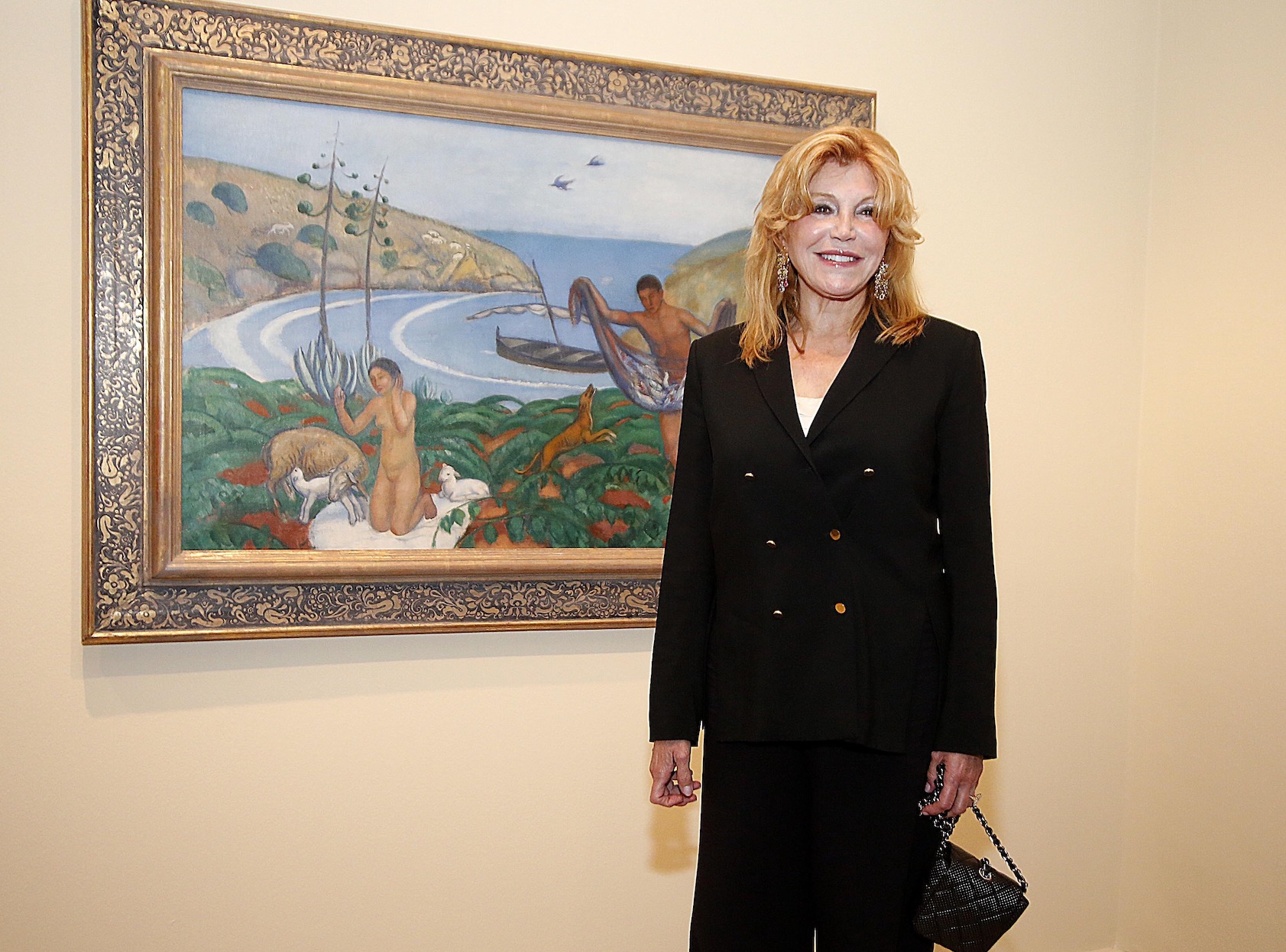
The Spanish Minister of Education, Sport, and Culture, Íñigo Méndez de Vigo, has extended the loan agreement of the art collection of Baroness Carmen Cervera for three months, in an emergency move brokered on January 31 to keep the collection in Madrid.
The original agreement expired on January 30, and without the extension, the future of the collection—which gathers 429 works by artists including Paul Gauguin, Edgar Degas, Henri de Toulouse-Lautrec, Pieter Brueghel, Francisco de Goya, and Pablo Picasso—would have entered limbo.
Cervera, the widow of the industrial tycoon Hans Heinrich von Thyssen-Bornemisza, wants a new, more flexible agreement that would substitute the one signed in 1999.
According to El País, insiders at the Ministry of Culture think that what Cervera seeks is to have more control over her collection so she can sell some works.
Under the current agreement, she can sell up to 10 percent of the total value of her collection, worth a combined €750 million (about $811 million).
In 2012, Cervera sold John Constable’s The Lock at Christie’s London for £22.4 million (today around $28.4 million). It represented less than 5 percent of the collection’s value, but was seen as a serious loss for the Spanish heritage.
The ministry of Culture told El País on January 30 that the sale of the Constable should have not been allowed, and that the new agreement will have to include a ban to avoid sales like it happening again.
A requirement of Cervera that has been made public is that the works in her collection should be able to be loaned to museums in Spain and abroad, so the collection has more visibility and be enjoyed by more people.
“Being a private collector, I have never owned paintings just for my own enjoyment. On the contrary, I have always wanted to share them with the public. Painters, in my view, do not paint for one person,” Cervera said in a release quoted in El Confidencial.
According to El País, there has been growing tension between Cervera and the Ministry over these new conditions in the last few years, with the Baroness even threatening to take the collection out of Spain (even though she has stated several times that she what she really wants is to keep her collection in her native country, displayed alongside that of her husband’s).
El Confidencial reports that the Culture Minister spoke to journalists on Tuesday, stressing that he is hoping a satisfactory new agreement, which works for both parts, can be reached over the three-month extension period.
Most artworks kept at Madrid’s Thyssen-Bornemisza Museum come from the collection of the Baron Thyssen-Bornemisza, who died in 2002.
In 1993, the Spanish state acquired his collection of 775 works, dating from the 13th to 20th centuries, for $350 million.
In 1999, the works owned by Cervera joined the Baron’s collection at the Madrid museum, as part of a separate, 11-year, free loan. When the loan expired, Cervera tried to sell the collection to the Spanish state, but the bid didn’t succeed. Since then, the loan contract has been extended on a yearly basis.
A supposedly final six-month extension was signed in 2016, but because a new agreement still hasn’t been reached, this new three-month extension has been signed.
Meanwhile, Cervera has announced the March 2017 opening of a small Carmen Thyssen Museum in the principality of Andorra, where the baroness lives with her family for tax reasons. It joins the Thyssen Museum opened in 2011 in Málaga, and an exhibition space in Sant Feliú de Guíxols, Girona.